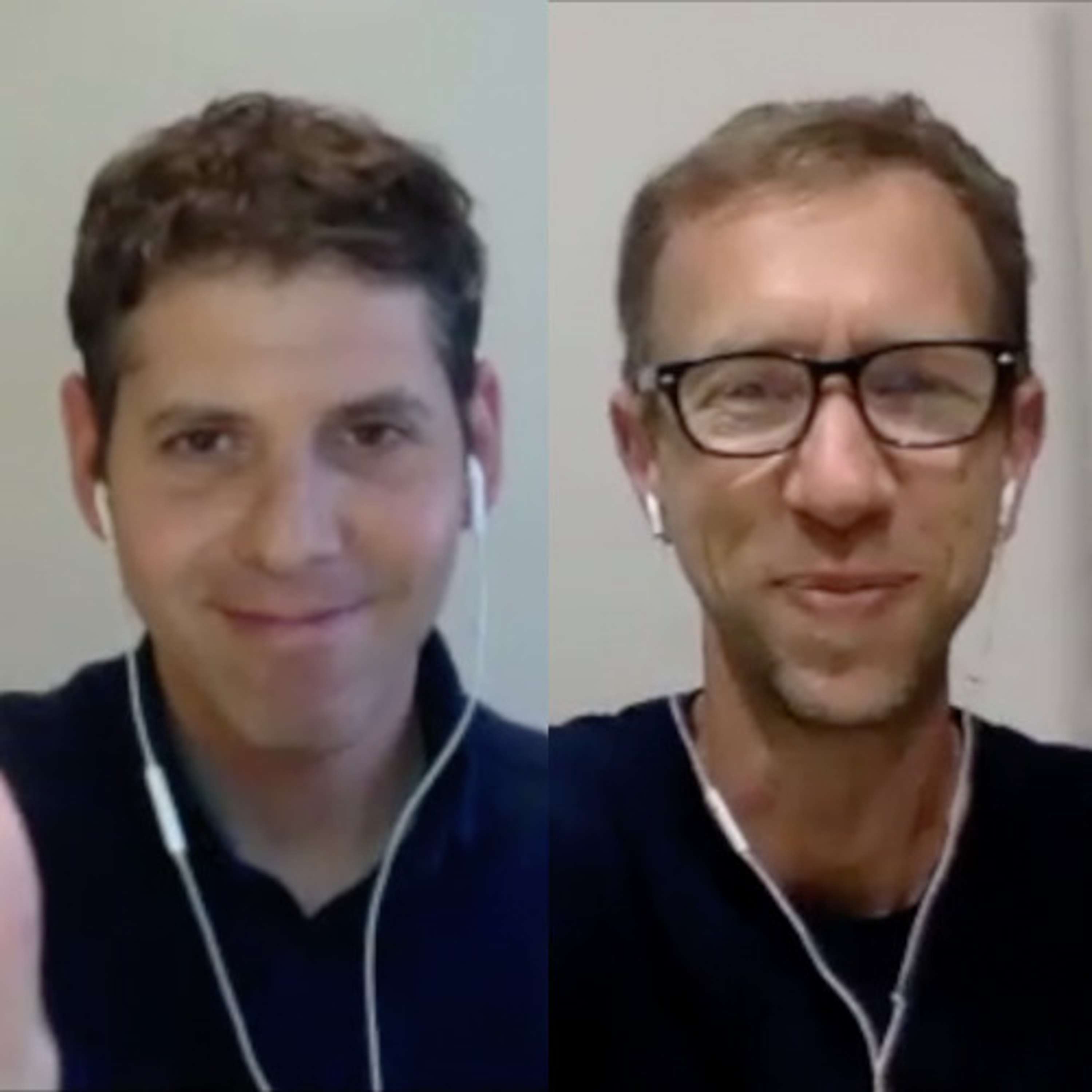Apr 04 2021 55 mins
The Science Is In. The world needs radical, inclusive, constructive change if it is to win the climate challenge, the species extinction crisis, the refugee challenge, and so much more. How do we build the bridge out of today's mounting environmental crises and prevent all of the things they incur? Chris and Jared come at the solution from different, but complimentary directions. Jared, a psychotherapist and Zen Buddhist priest in California and Chris, a globally-strategic conservation advocate in Texas, share their thoughts on how rescuing our shared future requires all of us to do both inner (Jared's focus) and outer (Chris' focus) work.
"I've seen how much of the problem is mental and emotional. It's not just about the ecosystem." -- Jared"Seizing the biodiversity solution most beneficially effects the majority of challenges today and prevents environmental collapse." -- Chris
*Listen to "The Interconnectedness interview" referred to in this conversation: here.
Visual synopses
1) Infinity symbol, Jared's main idea, "Activism"
- left loop: "Inner" spiritual, psychological
- right loop: "Outer" right actions
2) Planet Earth, Chris' main idea, "Biosphere"
- "Rescue & regrow the bio-physical life support system"
Citations
Key studies supporting Chris' "brass tacks" vision:
- Global Priority Areas for Ecosystem Restoration. (Strassburg, et al. Nature, 2020)
- Connecting Habitats to Prevent Species Extinctions. (Pimm, Jenkins. American Scientist, 2019)
- A Global Deal for Nature. (Dinerstein, et al. Science, 2019)
- Primary Production of the Biosphere. (Field, Behrenfeld, Randerson, Falkowski. Science, 1998)
- How to protect half of Earth to be sure it protects sufficient biodiversity. (Pimm, Jenkins, Li, 2018)
- Trees, Forests and Water: Cool Insights for a Hot World. (Ellison, et al. Global Environmental Change, 2017)
- The Systemic Climate Solution. (Searles, 2016)
Study #1 shows where the greatest productivity gains can be made from restoration on lands. Study #2 explains the need to prioritize corridorization. Study #3 is the UN's current focus, "30x30." The map in #4, "Fig. 1, Global Annual NPP", published 1998, shows global biospheric productivity; i.e. that tropical forests and lands are the most productive ecosystems on Earth, followed by temperate rainforests. Note that ocean productivity is concentrated along coastlines, around the Equator and in high northern and southern regions (mostly). Compare the map from study #4 with the map in #5, "Fig. 1, Protected areas (green)," to get a sense of how well Earth's most productive ecosystems are protected today. Study #6 gives the best synopsis of the significance of land-based, physical life-support system's most powerful infrastructure, forests, to the global climate system. Forests offer the most concentrated suite of climate stabilization services. Study #7 is Chris's synopsis on the value of tropical forests to the global climate and biodiversity solutions.
Websites
Learn more about Jared's work: jaredmichaels.com
Learn more about Chris's work: biointegrity.net
Music
Thanks so much to the beautiful and wonderful, Alice Spencer, Chris' wife, for her song, "I Wanna Be a Buddhist," heard as our theme at the beginning and end of this episode. Enjoy Alice's full performance of the song here.
